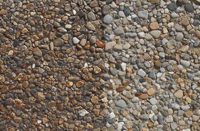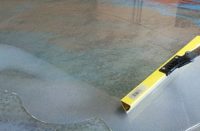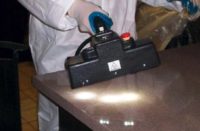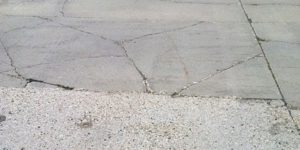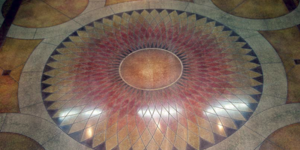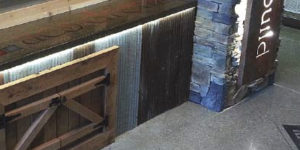We are currently at the tail end of a great project of more than 18,000 square feet. We are shot-blasting, applying a microtopping, then staining and sealing. The sealer we are using is a water-based epoxy sealer from a manufacturer we had used before without problems. This particular sealer goes down milky white and turns clear as it cures. We finished two large sections of the floor with no problems, and we were scheduled to do the next sections a couple of weeks later.
In the meantime, the client went to clean the floor with water, and the floor turned white. We had no idea why, and after brainstorming with the manufacturer, it turns out that we got a bad batch of sealer. Moisture was passing through the sealer, which turned it white again, because the moisture now could not escape back out once the sealer cured. We were told to put down this manufacturer’s new improved sealer, and all would be well again.
Imagine our surprise when the floor turned white and stayed white. What no one thought about is that because this is a water-based system, the moisture was again passing through the original sealer, and then locked in by this second coat of sealer.
Our foreman came up with the solution. He applied acetone to the floor, which released the moisture from the first two coats of sealer and allowed the sealer to cure. He then applied a third coat, which went down fine.
Decorative concrete can be temperamental. Materials we have used for years can suddenly become problems. It is always best to brainstorm with both your crew and the manufacturers to come up with the best solution. Sometimes a problem can be fixed by allowing people to think outside the box.
